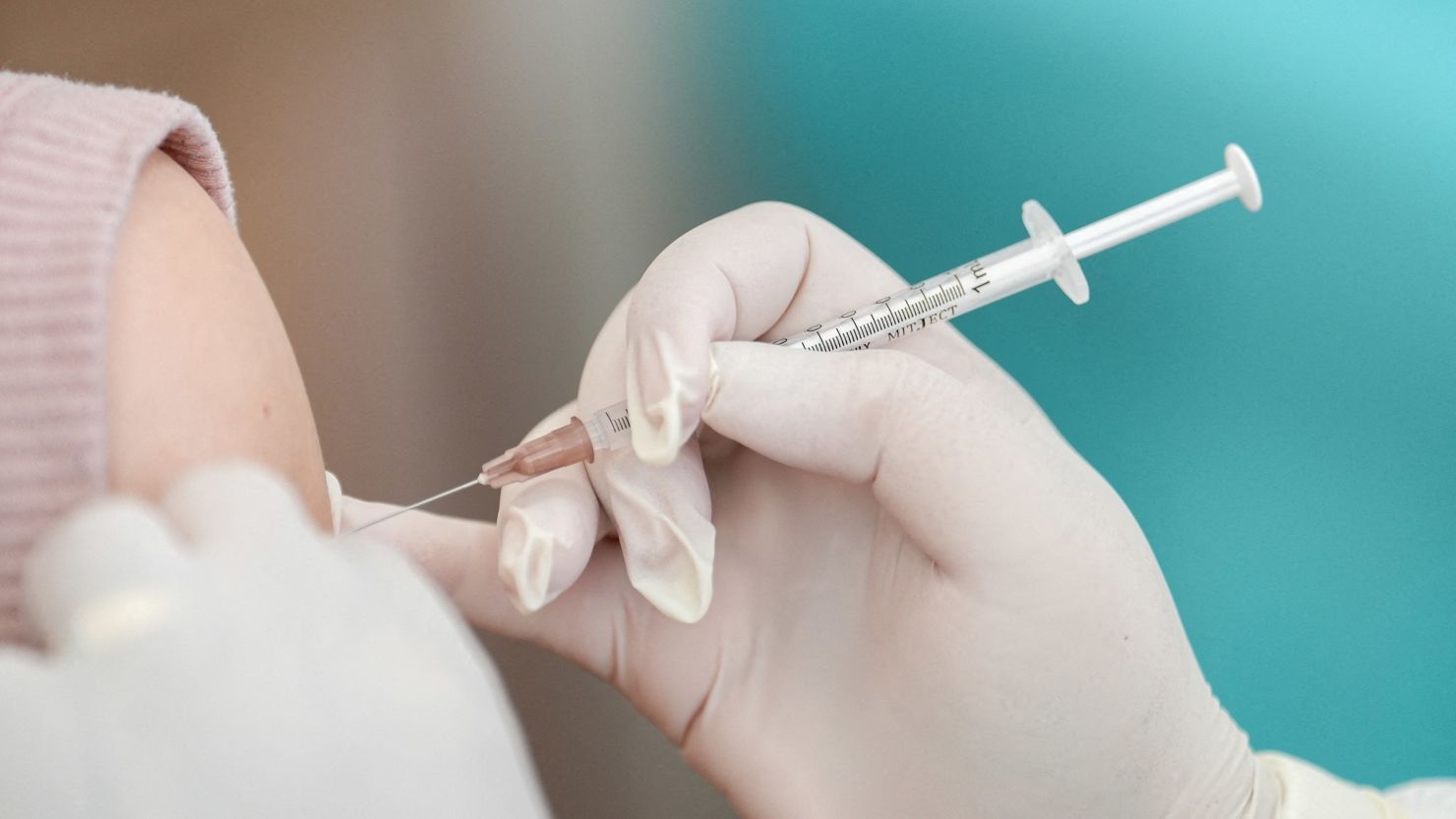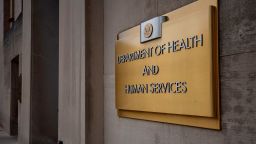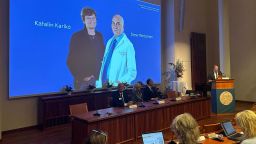Editor’s note: Dr. Tom Frieden was director of the US Centers for Disease Control and Prevention from 2009 to 2017, where he oversaw responses to the H1N1 influenza, Ebola and Zika epidemics. He is president and CEO of Resolve to Save Lives and Senior Fellow for Global Health at the Council on Foreign Relations.
Covid-19 hasn’t gone away, and it won’t any time soon. It’s now part of the landscape of health threats. Although the coronavirus continues to kill and cause lasting damage, our immunity, vaccines and treatments have tamed the pandemic.
Long Covid affects many people, and, analogously, increased polarization and distrust is a lingering life-threatening after-effect of the pandemic.
The virus that causes Covid emerged at the end of 2019. We continue to learn more about it every day. The virus, and our immune response to it, continue to evolve, as do our knowledge and understanding. Everyone made mistakes. Guidance was adjusted and revised as we learned more. But public health action saved millions of lives.
Three widely held misconceptions reflect and contribute to polarization. For each, there’s a kernel of truth that appears to support the misconception, but the reality is clear.
Did Covid really kill 1 million Americans?
Yes.
I’ll never forget, early in the pandemic, the sounds of constant sirens in New York City. Hospitals were overwhelmed. Many of us lost friends, parents, grandparents, co-workers.
What’s the kernel of truth to the misconception that Covid didn’t kill a million Americans? Some people whose deaths were categorized as Covid may have died from other conditions, such as a heart attack, which may or may not have been triggered by Covid. This is the difference between deaths “from” Covid and deaths “with” Covid. Early in the pandemic, when no one had immunity, there were no effective treatments and we didn’t know how to care for people most effectively, nearly all the people who had a positive Covid test and died were killed by Covid. Today, most people who have a positive test for Covid have immunity that limits their harm from Covid and some die from underlying conditions such as cancer or heart disease.
The gold standard to determine the true impact of the pandemic is to look at excess deaths: how many more people died than expected based on past trends. This is a complex concept, but there’s a simple way to understand it. In the three years from 2017 to 2019, there were about 8.5 million total deaths in the US. In the three years of the pandemic, 2020 to 2022, there were about 10.1 million deaths – a heartbreaking increase of 1.6 million deaths. As William Farr wrote more than a century ago, “The death rate is a fact. Everything else in an inference.”
Three independent analyses — by the World Health Organization, the Institute for Health Metrics and Evaluation and the Economist — come to a similar conclusion, that within the first three years globally, more than a million people died in the US and 20 million people died globally in excess of trends.
Although not all these excess deaths were from Covid infection, the vast majority were, and the rest were caused by the disruption to health care services that the pandemic created.
Are vaccines proven to save lives?
Yes.
Covid vaccines probably saved at least 500,000 lives in the US — and possibly twice that many — and several million lives around the world.
It’s easy to take vaccines for granted. But the development of safe, effective vaccines for Covid was never a sure thing. The deadliest pandemic in our lifetime is HIV, and we still don’t have a vaccine for it.
As the coronavirus has evolved to escape immunity, the effectiveness and durability of our vaccines has taken a hit, which is why updated versions of the vaccine are needed to reinforce protection.
MRNA technology didn’t come out of nowhere. It’s been in development for more than three decades, a testament to the hard work and dedication of new Nobel Prize winners Drs. Katalin Kariko and Drew Weissman. We were lucky that it was ready within a year of the emergence of Covid.
What’s the kernel of truth behind this misconception? Many Covid infections, even of people who are older or medically vulnerable, are mild. Overall, about 199 of 200 infections don’t cause fatal illness. And infections among younger people are much less likely to be severe.
Study after study proves the benefits of Covid vaccination, which reduces the risk of death by at least 75%, and by more than 90% in the months immediately after vaccination. Although all age groups benefit from vaccination, the groups that have the greatest benefit are those at highest risk of severe Covid: people over 65 and those with underlying medical conditions such as weakened immune systems.
If Covid is much more deadly to the elderly, why should young people bother to get vaccinated? Should the US Centers for Disease Control and Prevention have recommended that only the elderly get vaccinated? The CDC’s Advisory Committee on Immunization Practices is a global best practice for developing vaccine recommendations. It’s transparent; every presentation and discussion is public. It’s insulated from industry interference. And it brings together the world’s top experts to make recommendations based on the best quality evidence available.
Buried on slides 66 and 67 of this presentation from the most recent ACIP meeting is the bottom line: Vaccinating only people over 65 would, according to the best data available, result in 200,000 more hospitalizations and 15,000 more deaths over the next two years than vaccinating everyone. I’ve certainly made sure that everyone in my family, including my 94-year-old mother and 19-year-old son, got a vaccine this fall.
Part of the skepticism about vaccine recommendations is the result, I believe, of inappropriate statements by the CEOs of Moderna and Pfizer. Vaccine manufacturers should produce safe and effective vaccines and support the research to document this. Vaccine recommendations need to be made — always and only — by individuals and groups that have no financial interest in the recommendation being followed.
Do masks work?
Yes.
Masks have been used in medical settings to prevent respiratory infections for a century. There’s a reason why surgeons wear them before operating: They work.
The evidence is clear. My colleagues and I examined more than 40 studies on masks with seven different methodologies and found that masks reduce the risk of spreading Covid and of being infected with it.
Masks play two roles: They reduce the amount of virus released into the air from people with Covid (source control), and they protect someone from inhaling the virus from the air (personal protection).
What’s the kernel of truth to the misconception that masks don’t work? They’re not perfect. Much transmission occurs in places – like homes – where masks are rarely worn. And imperfectly fitting masks don’t protect effectively. The distinction between source control and personal protection hasn’t been well understood. A person who wears a mask and protects others from infection may never know that they have protected others. And a person who wears a mask, but not consistently or not well-fitting, won’t be well protected.
Get CNN Health's weekly newsletter
- Sign up here to get The Results Are In with Dr. Sanjay Gupta every Friday from the CNN Health team.
Factors such as how intensely the virus is spreading, in which settings it’s spreading (such as indoors with poor ventilation), what proportion of people are wearing masks, and how consistently they’re being worn add complexity to the question of how much protection masks provide and when.
Mask-wearing is crucial for source control because approximately half of the risk of spreading Covid occurs when infected people feel fine, either before they become ill or because they never develop symptoms.
For personal protection, a high-quality mask such as an N95 or KN95 can protect the wearer, particularly if it fits well and is worn consistently in crowded indoor spaces where exposure to Covid often occurs.
The bottom line
There’s a lot about science and medicine that we don’t know, and we’ll learn more in the coming months and years. But we do know with a high degree of certainty that more than 1 million Americans died from Covid, that Covid vaccines save lives and that masks reduce the risk of infection.
The stakes are high. Clear communication about what we do and do not know, when we know it and how we know it can help rebuild trust in our health care and public health systems and in society more broadly. And trust is a crucial ingredient to find, stop and prevent health threats.







